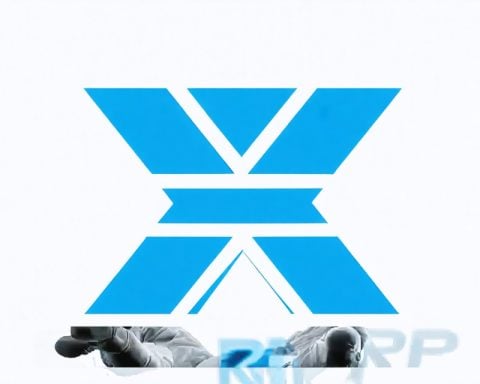Fortnite, the popular game developed by Epic Games, has finally made a comeback on the iPhone and iPad in the EU. After a long court battle with Apple, Epic Games has implemented changes in the EU regarding its policies, allowing them to bring back Fortnite to Apple devices. However, for those living outside of the EU, installing Fortnite on your iPhone or iPad requires a workaround.
To begin, you will need to have a paid Apple Developer Account, which costs $99 per year. While there is another method to install Fortnite without a Developer Account, we will focus on the method that requires it. Once you have a developer account, follow these steps:
Step 1: Find an IPA file for Fortnite, an encrypted archive of the app. Decrypted IPA files can be found online, but ensure that it is compatible with your device.
Step 2: Log into your Apple Developer Account on the company’s website and go to the Account tab. Under Program Resources, click on Identifiers.
Step 3: Click on the Plus Button next to Identifiers and register a new App ID. Select “App” as the type when prompted.
Step 4: Provide a description and a Bundle ID for the app. Remember the Bundle ID for later use. For example, “com.xyzname.fortniteios.”
Step 5: Enable both External Virtual Addressing and Increased Memory Limit to prevent the app from crashing.
Step 6: Click on Register to complete the process on the Developer website.
To sideload Fortnite on your iPhone or iPad, you’ll need a computer and a platform like Sideloadly. Connect your device to the computer and input your Apple ID linked to the paid developer account. Drag and drop the decrypted IPA file into the app. Modify the bundle ID in the advanced options to match the one selected in Step 4. Click Start to initiate the installation process, which may take a minute or two. Finally, enable Developer Mode through the Privacy & Security option in Settings to run the game.
By following these steps, you’ll be able to install Fortnite on your iPhone or iPad in countries outside of the EU. Stay tuned for more guides on enjoying Fortnite on your devices.
Additional Facts:
1. Fortnite was removed from the Apple App Store in August 2020 due to a violation of Apple’s in-app payment policies.
2. The court battle between Epic Games and Apple was centered around the issue of Apple’s App Store monopoly and the fees charged to developers.
3. Outside of the EU, Fortnite can also be installed on iPhones or iPads using third-party app stores, like the Samsung Galaxy Store or the Epic Games app.
4. It’s worth noting that installing Fortnite using these alternative methods may come with some risks, such as potential security vulnerabilities or compatibility issues.
Key Challenges/Controversies:
1. The main challenge is the legal battle between Epic Games and Apple, which resulted in Fortnite being removed from the Apple App Store.
2. The controversy revolves around Apple’s strict control over the App Store and the fees it charges developers, with some arguing that it stifles competition.
3. Another challenge is the potential security risks associated with sideloading apps from external sources, as it bypasses the App Store’s security measures.
Advantages:
1. Installing Fortnite using a paid Apple Developer Account allows users outside of the EU to continue playing the game on their iOS devices.
2. Sideloading the game gives users the flexibility to install and play Fortnite without relying on the Apple App Store.
Disadvantages:
1. Obtaining a paid Apple Developer Account involves a cost of $99 per year.
2. Sideloading apps carries inherent risks, such as potential security vulnerabilities and the possibility of installing malicious software on the device.
3. Sideloading Fortnite means users will not receive automatic updates from the App Store and will need to manually update the game.
Related Links:
– Fortnite Official Website
– Apple Developer Website
















